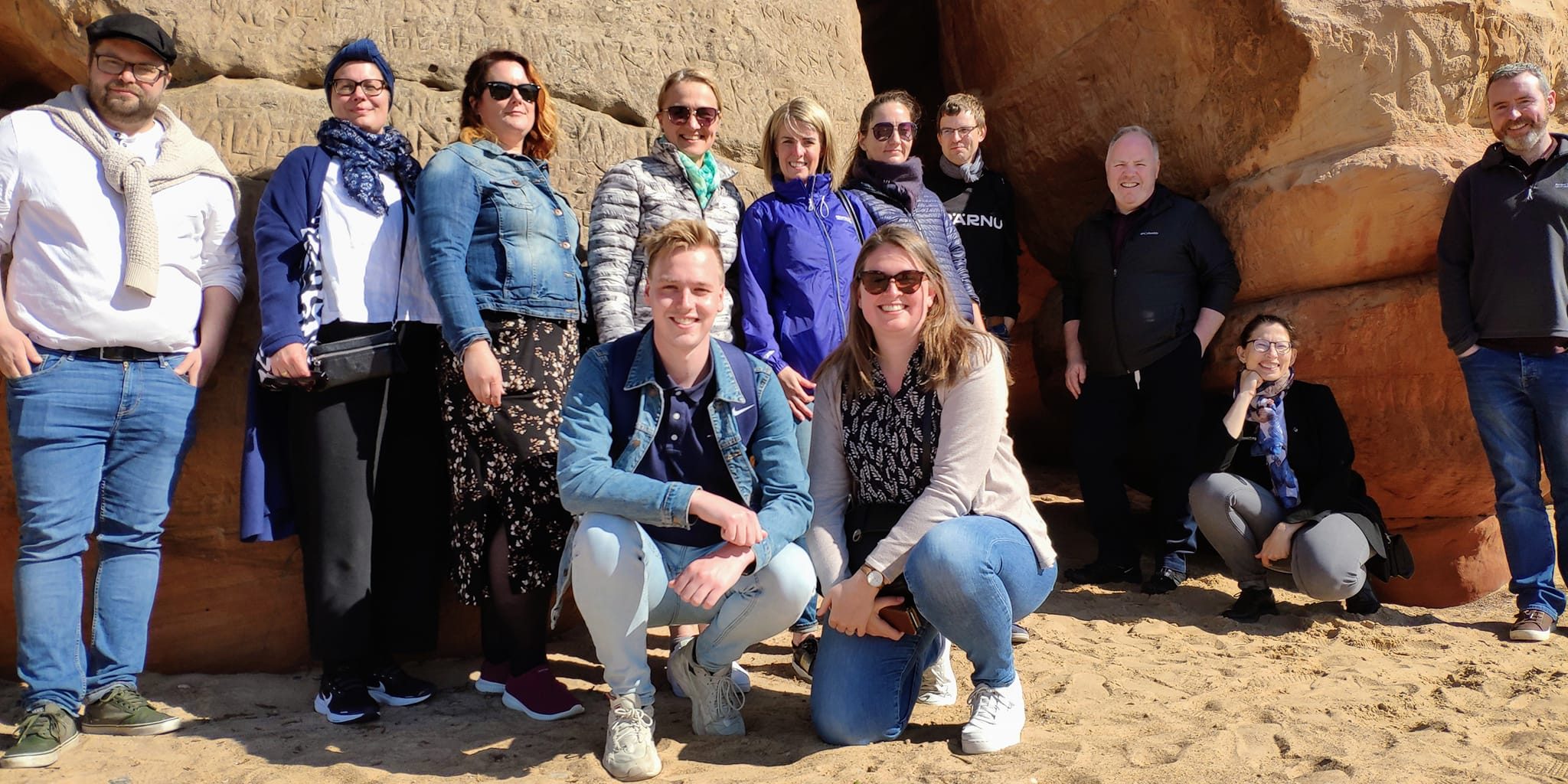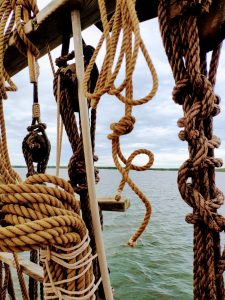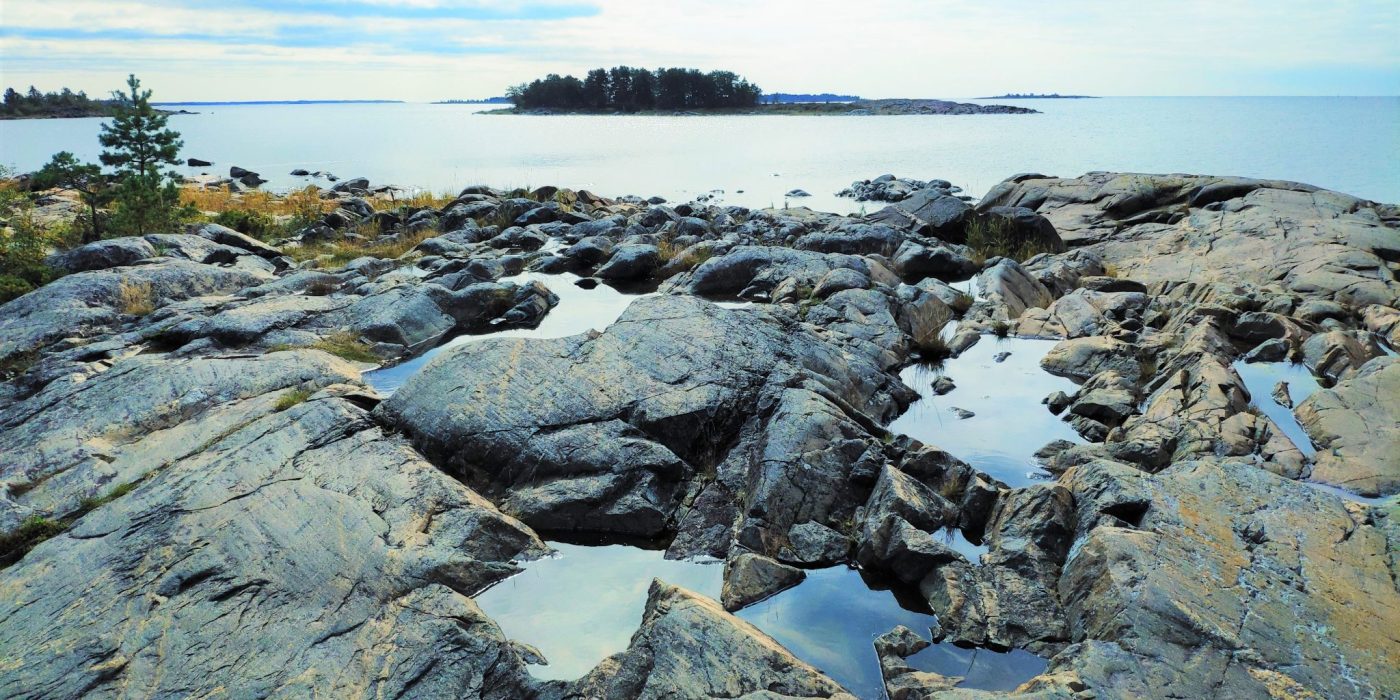We develop: The new international curriculum responds to the increase in demand for coastal and maritime tourism
Europe's northern coastal regions were the winners of tourism during the COVID-19 pandemic. The number of tourists in these regions increased, the season got longer and even records were broken as the number of local tourists grew. Many travelers found hidden gems in their own region or in their own country, the existence of which was not previously known.

The attraction factors that pull tourists to the coast are based on its characteristics and resources. In particular, in the so-called cold-water coastal areas in Europe tourism focuses on creating unique blue experiences and increasing well-being through water experiences. Direct encounters with nature, unique landscapes, cultural heritage and water-based activities are reasons to travel to these areas. Since the strengths and challenges of tourism development vary depending on the operating environment, this also affects the expertise needed in tourism organisations.

In the international Skill4CMT project (Erasmus+), coordinated by the Tourism Development Center, a solution was sought for the development of skills in coastal and maritime tourism in European cooperation. One of the main results of the project was the design of an international curriculum for coastal and maritime tourism, which includes four study courses related to the theme.
The first course introduces the basic features of coastal and maritime tourism, its resources, blue well-being, the sustainable development of coastal areas and the legislation affecting tourism activities. In the second course, participants will learn more about sustainable coastal and maritime tourism, climate change and the development of sustainable business operations. The third course examines the coastal destination design, and the fourth course focuses on designing blue experiences.
The curriculum and other project outputs such as occupational profiles and self-study materials can be used by all organisations that want to develop their staff’s expertise on the subject. Educational institutions can use the outputs when revising their curricula or when upskilling entrepreneurs.

In the project, eye-opening blog posts were published about the features of coastal and maritime tourism in Finland, Ireland, the Netherlands, Estonia, and Latvia. Although all destinations are located in the northern coastal regions of Europe, tourism has its own characteristics in each region based on the available resources and perspectives how the coast is perceived in tourism.
Did you know this?
- Latvia has approx. 500 km long, sandy coastline, but during the Soviet Union (1945-1991), large parts of this were considered a strategic military area, access to which was restricted. As a result, the coastline is relatively unspoiled, the population is fairly sparse, and the area has a rich military heritage. About half of the area has some degree of nature conservation status.
- During the pandemic, a new tourism product "Uitwaaien" emerged in Holland, which directly translates to outdoor activities in windy conditions. The purpose of this is to motivate locals and tourists to explore seaside destinations also during the quieter winter season on the North Sea shore.
- Northern Estonia is home to one of the world's best-preserved undersea craters, 535 million years old. For divers, the Neugrund crater is like a small paradise in the Baltic Sea – the low plateau and steep depressions create opportunities for recreational divers as well as serious researchers.
